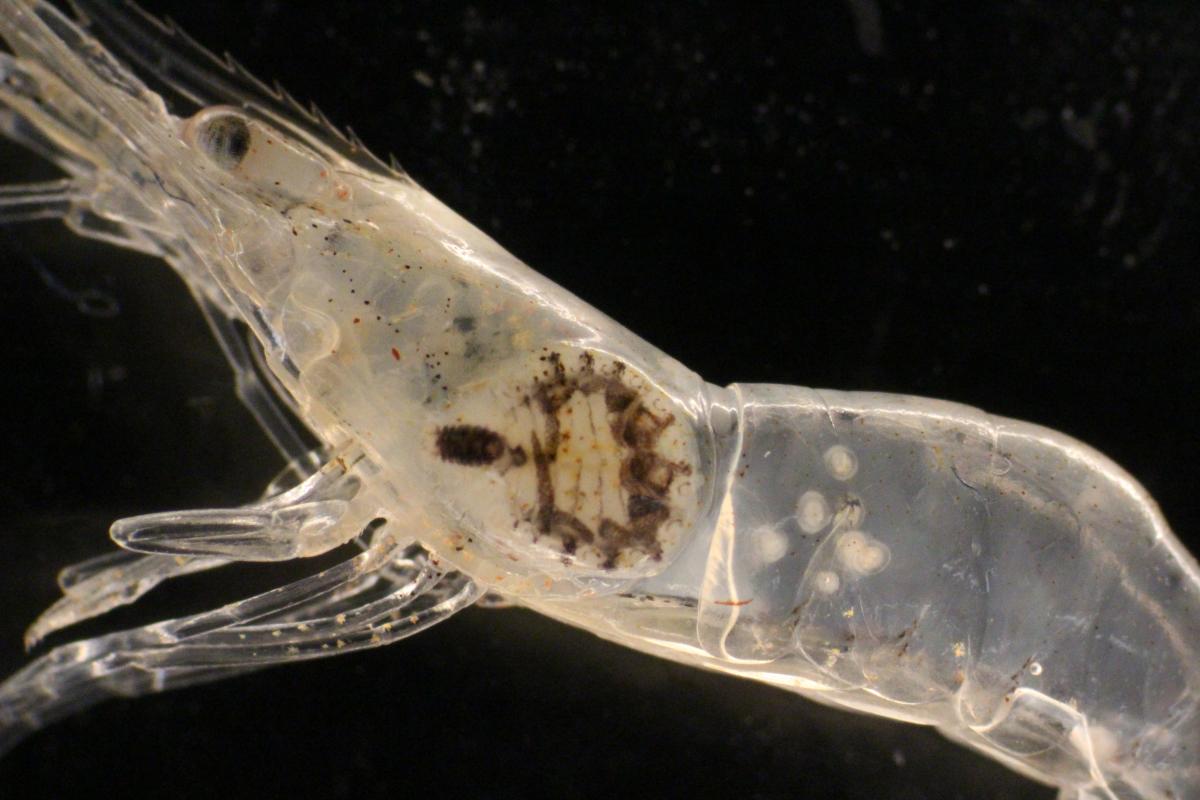Although parasites make up about 40-50% of the biodiversity on the planet, they are often overlooked in ecological studies due to their small size and inconspicuous nature. In addition to their diversity, parasites are also incredibly abundant and play critical roles in communities. Scientists use a variety of tools to study parasites and their over-sized contributions to coastal communities and populations. Here, we will explore the diversity of parasites across hosts in Maryland waters, including snails, crustaceans, finfish, and river otters. We will also explore the importance and impact of these parasites, from how they can manipulate host behavior to the devastating diseases they can cause. Finally, we will explore how we are using the creature powers of aquatic animals to study parasites that infect animals and humans in coastal waters, including oysters and river otters.
About the presenter: Dr. Katrina Pagenkopp Lohan is a Senior Scientist and head of the Coastal Disease Ecology Laboratory at the Smithsonian Environmental Research Center. Her research examines the ecology of parasites and infectious disease in coastal waters and how humans alter these interactions. She has a Ph.D. in Marine Science from The College of William and Mary, a M.S. in Biology from American University, and a B.S. in Marine Science from Southampton College of Long Island University. After obtaining her Ph.D., she was a MarineGEO Postdoctoral Fellow with Dr. Robert Fleischer, the Center Head of the Center for Conservation Genomics at the Smithsonian’s National Zoological Park, and Dr. Gregory Ruiz, the head of the Marine Invasions Research Laboratory at the Smithsonian Environmental Research Center. She then worked as research staff in the Marine Invasions Research Laboratory before starting her current position. She is also an avid reader, long distance runner, and the mother of two strong-willed girls.

